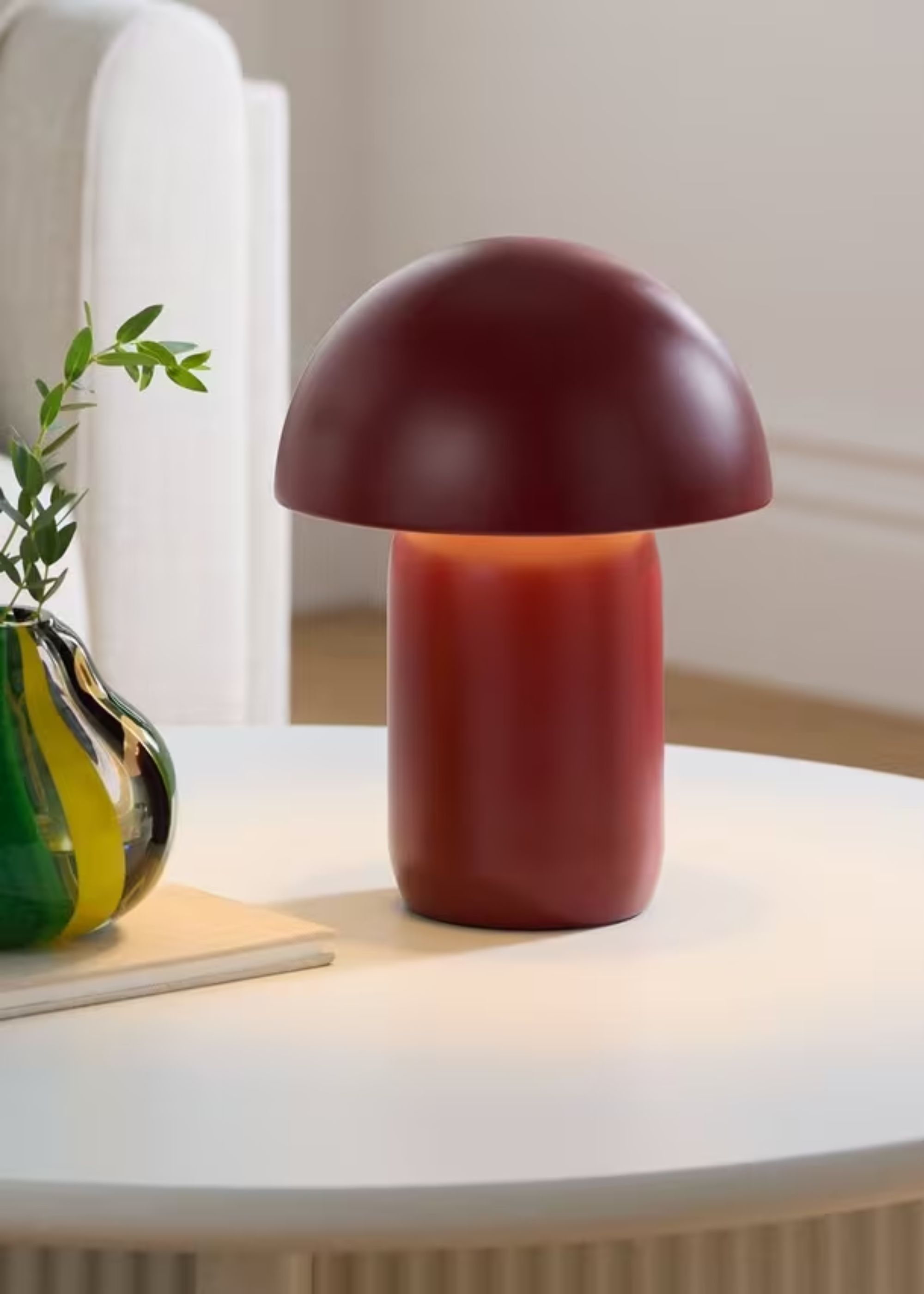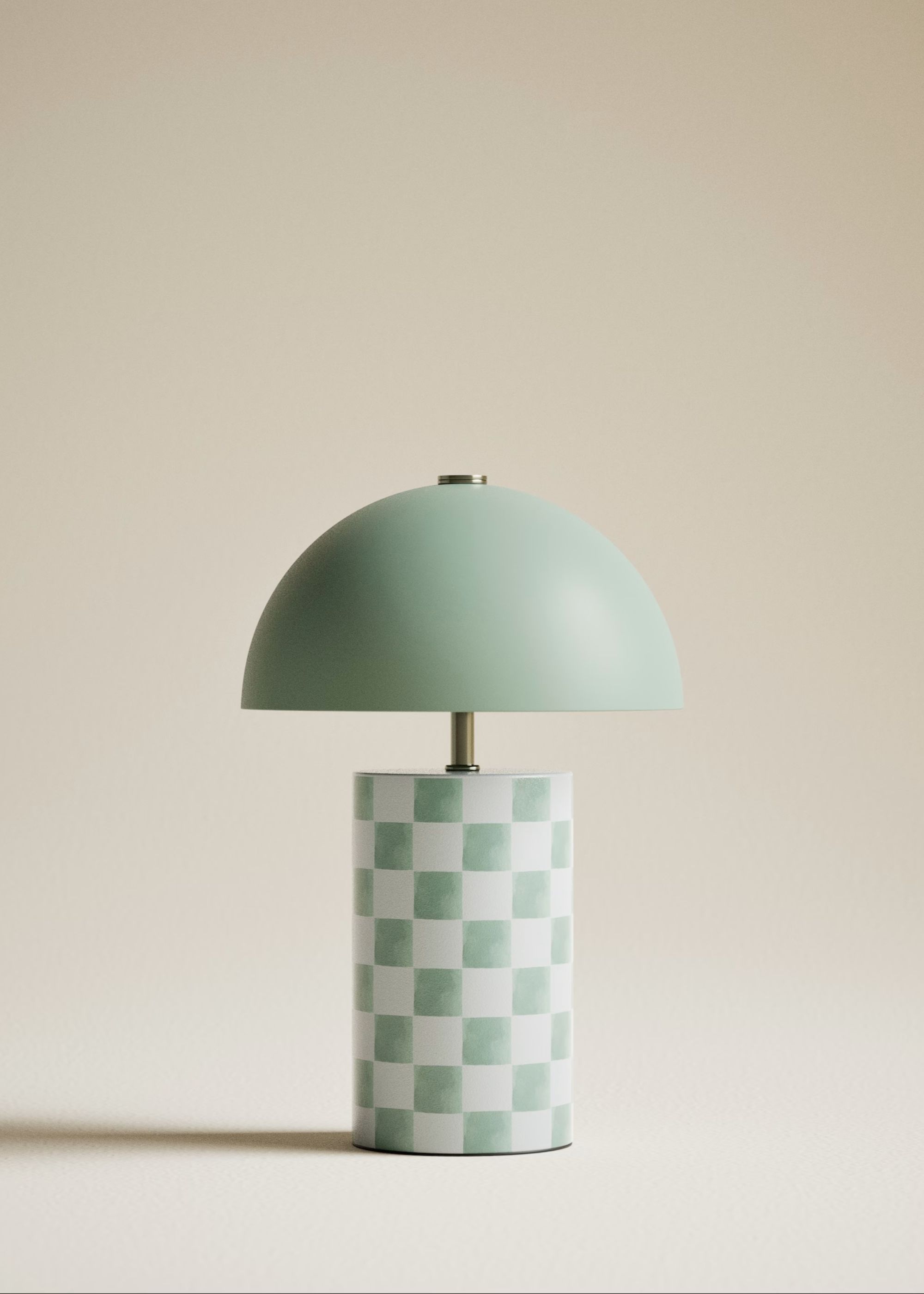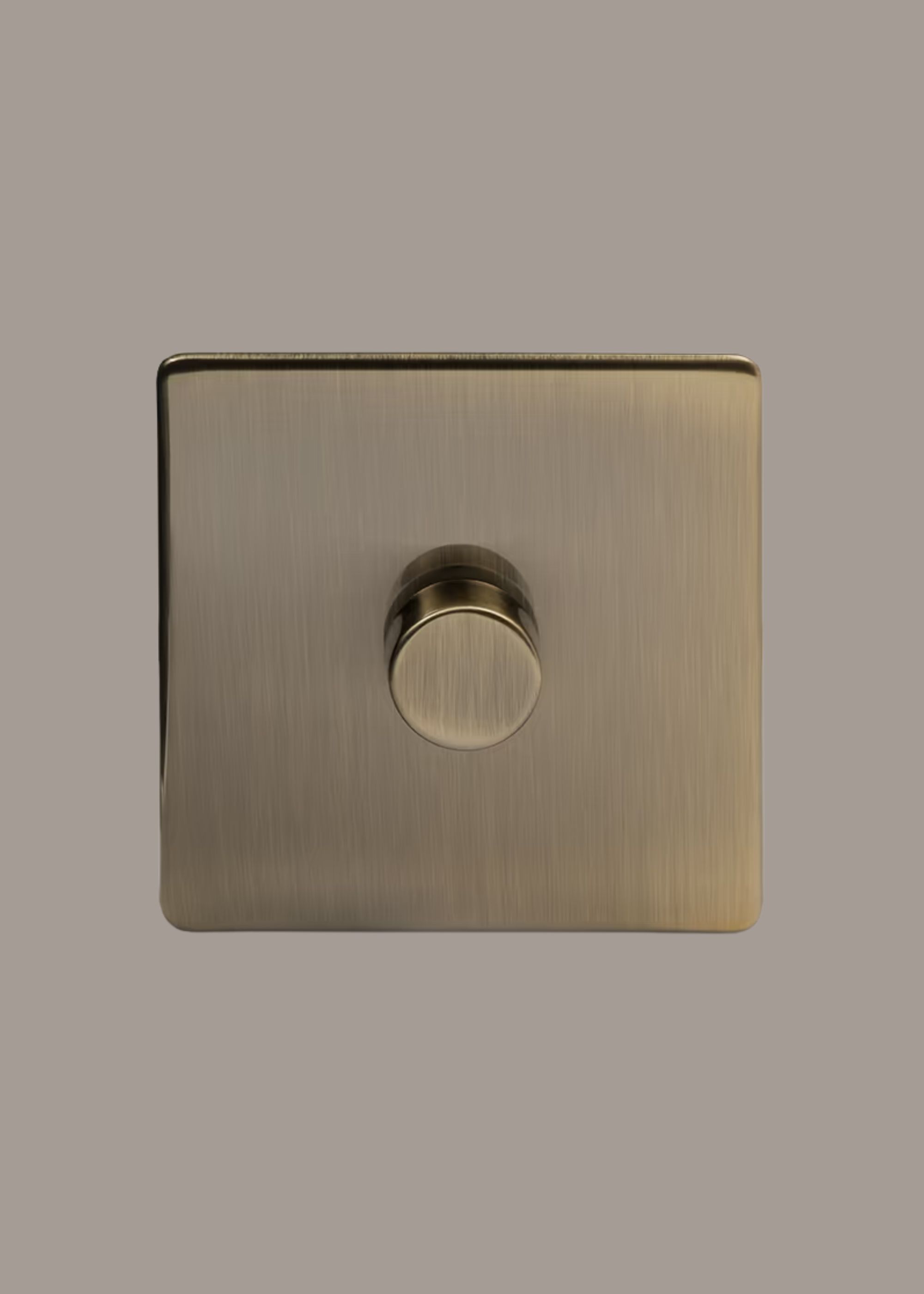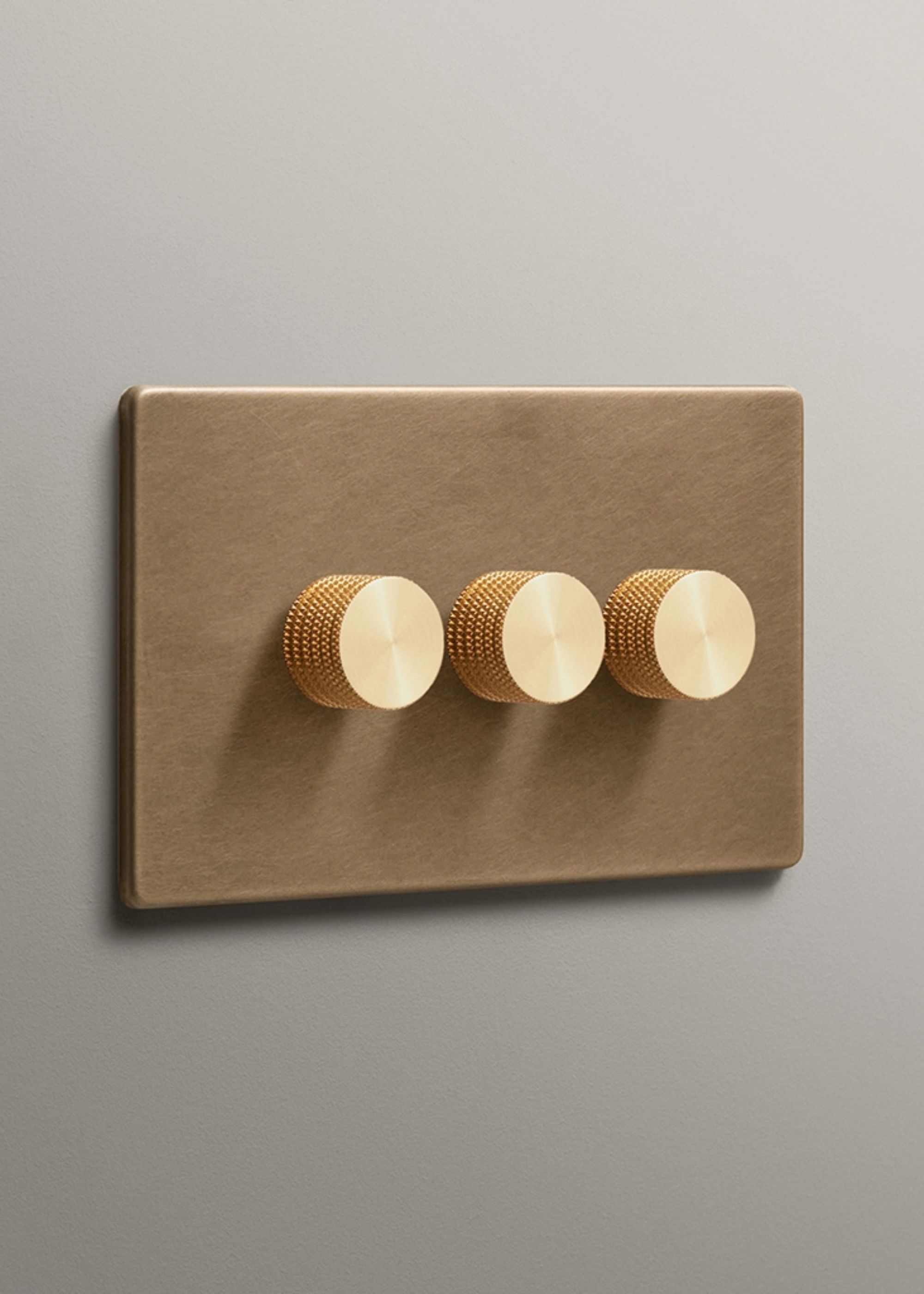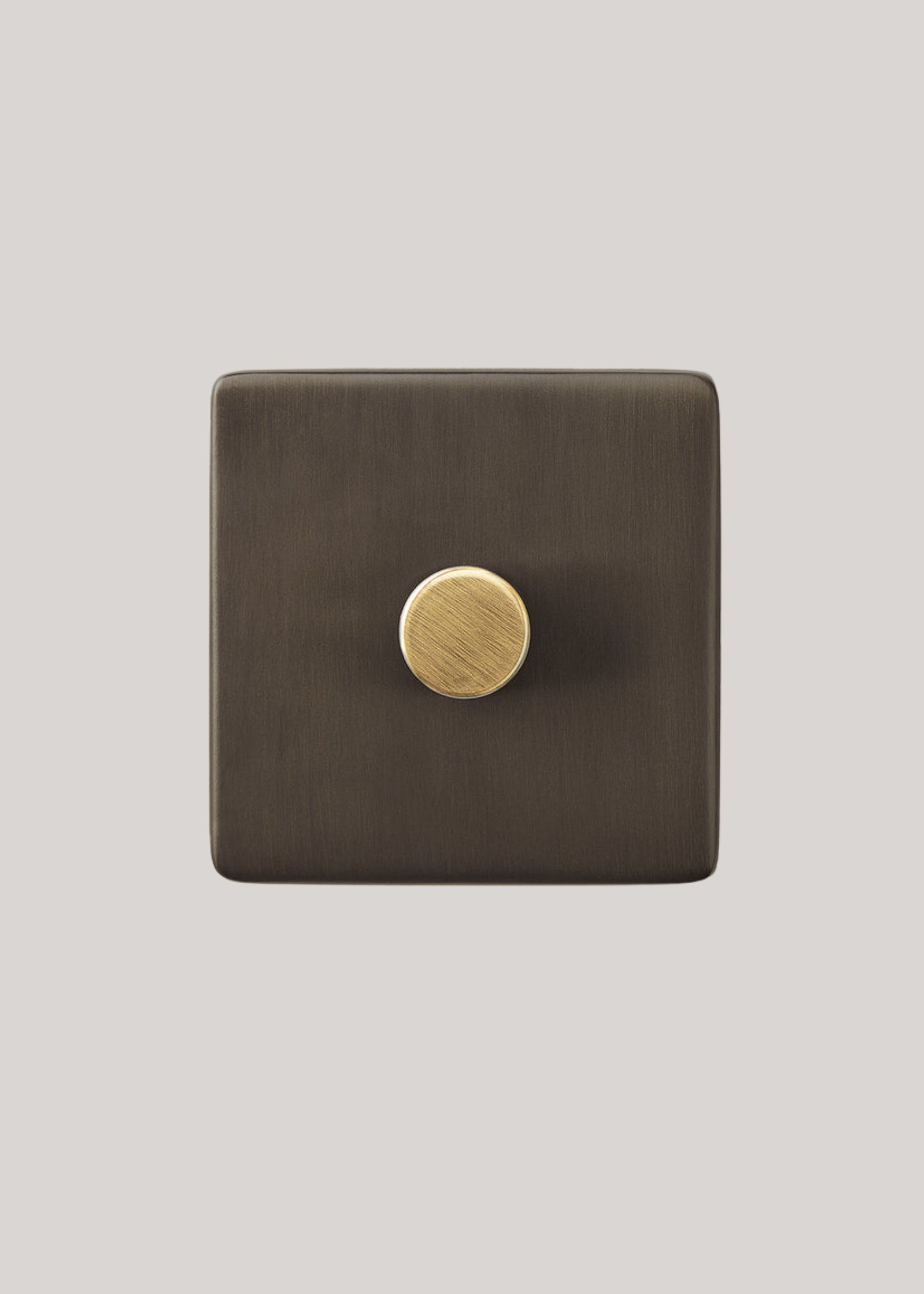Let There Be Light — 10 Lighting Tricks That Will Transform Any Dark Room Into A Warm and Inviting Space
Want to learn ways on how you can light a dark room? Here are a few ways designers brighten up the home during the winter
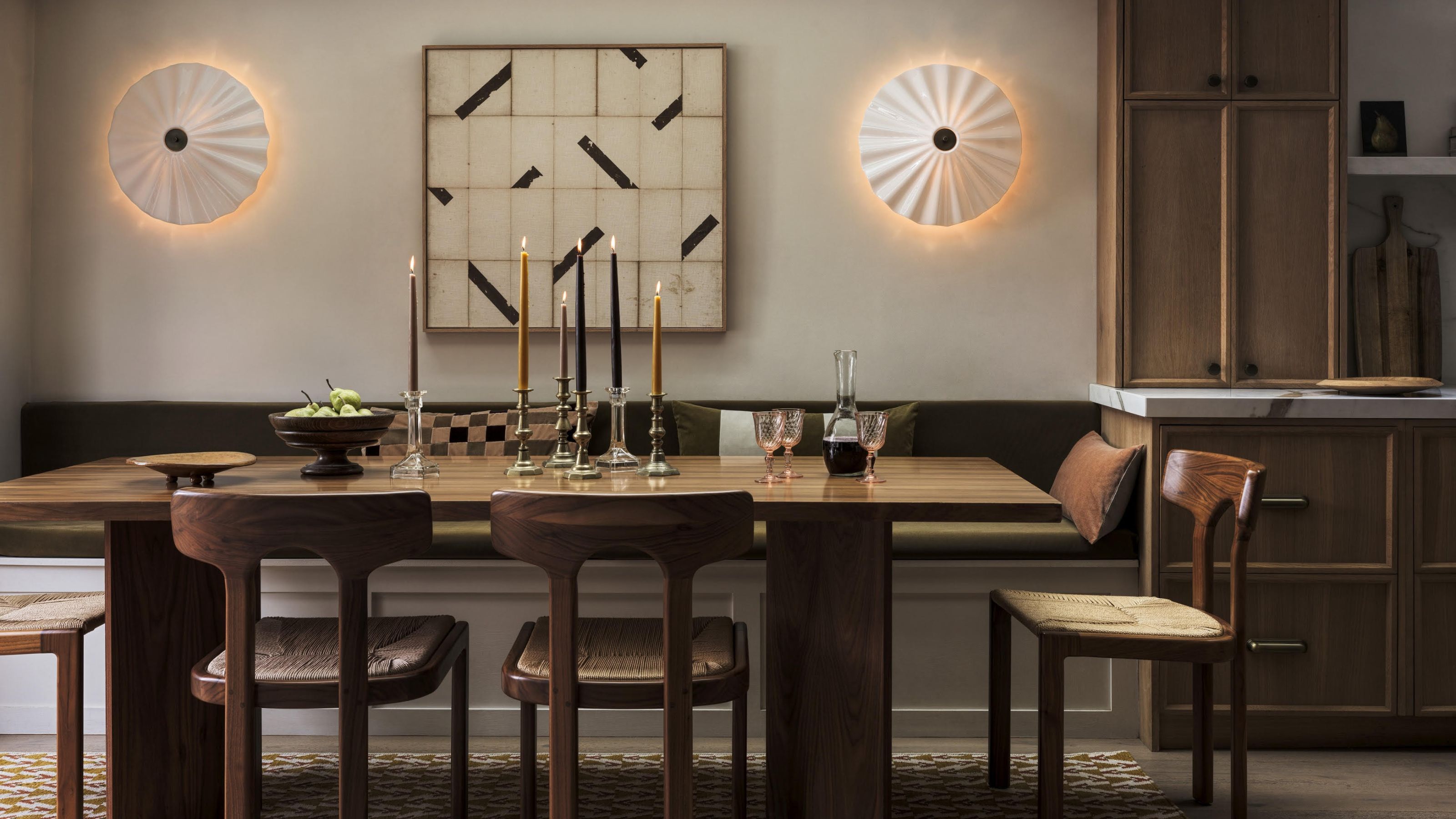
The benefits of a light-filled home can’t be overstated enough, say the designers. A light, bright interior is welcoming, creates the feeling of more space, and boosts a feel-good mood. But what if your living space is dark, north-facing, and maybe even windowless? Is there anything you can do to make dark, dingy rooms look and feel as good as a home flooded with natural light?
Luckily, yes, there is! And the experts are here to show us how to plan your home lighting scheme that can elevate even the darkest room — from kitchens and bathrooms to hallways and dining hubs — into warm, inviting environments. “When approaching a dark room, lighting is one of the most transformative tools at your disposal,” says Kunal Trehan, designer and founder of Touched Interiors. “The aim isn’t just to make the space brighter, but to create layers of light that bring depth, warmth, and mood, ensuring the room feels inviting and intentional rather than simply ‘lit’”.
Without further ado, here are the designers’ dos and don’ts for lighting a dark room, so your home can really come out of the shadows.
1. Start With Natural Light

It may seem obvious, but the first step is to maximize the natural light your room receives. This is also a great way to increase natural light in a small bedroom. But how exactly can this be done?
“Replace heavy curtains with sheer voiles or lighter drapes and consider reflective finishes on window frames or sills to bounce light further into the space,” explains Kunal Trehan, designer and founder of Touched Interiors.
If privacy allows, opt for minimal window dressings, or none at all. And for darker spaces, strategically placed mirrors can amplify what little daylight there is.

Kunal is a luxury interior designer and founder of Touched Interiors, a multi-award-winning design studio renowned for creating exceptional, high-end, residential designs.
2. Don't Rely on a Single Ceiling Light
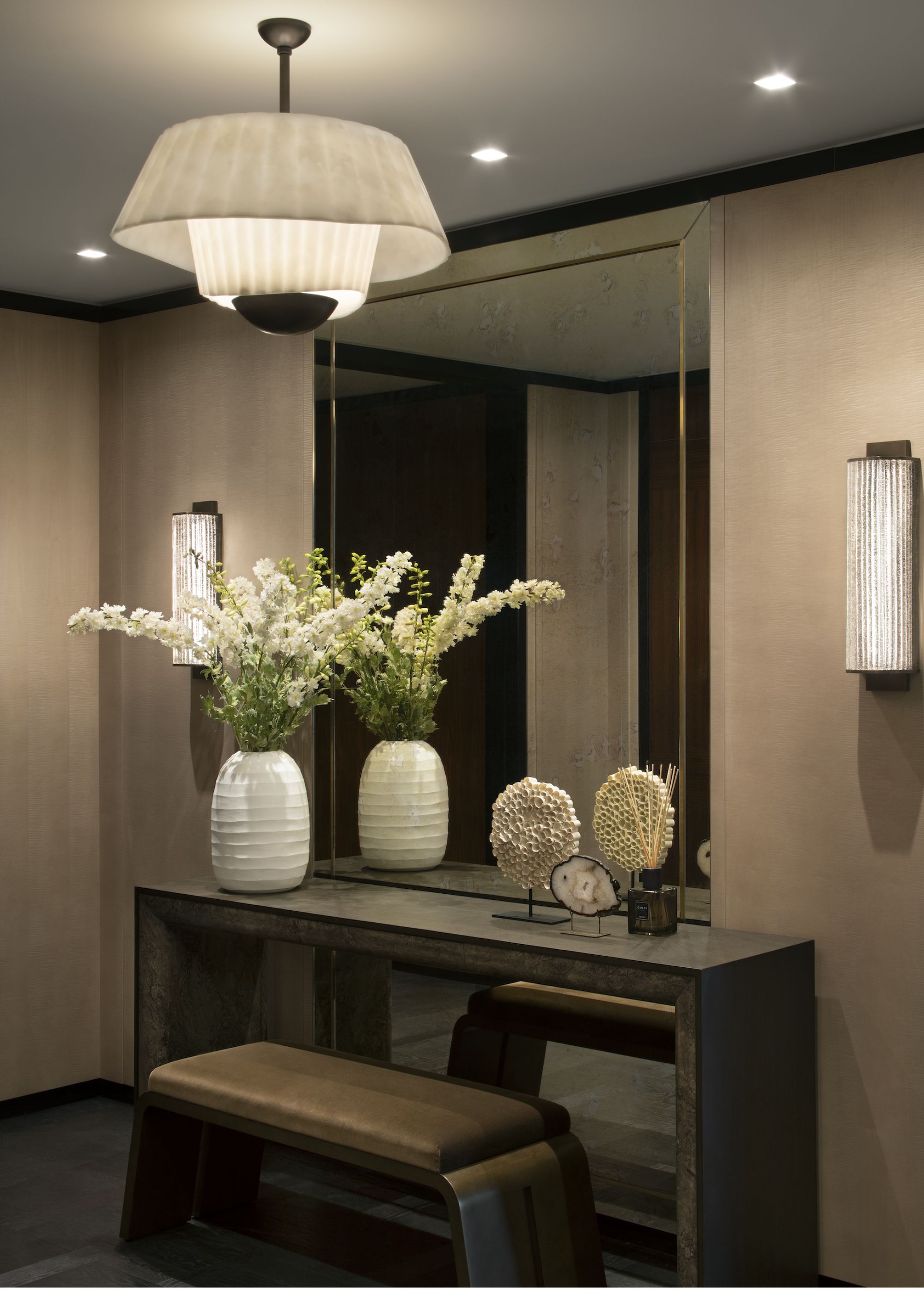
The biggest mistake when planning lighting, say the experts, is to simply grab the brightest overhead light you can find and hope that it’ll do the trick. It won’t. Instead, the bright sparks (AKA the designers in the know) call for a more architectural approach to lighting design, especially in dark, dingy spaces.
The Livingetc newsletters are your inside source for what’s shaping interiors now - and what’s next. Discover trend forecasts, smart style ideas, and curated shopping inspiration that brings design to life. Subscribe today and stay ahead of the curve.
Say hello to layered lighting, a foolproof lighting strategy using a mix of table lamps, floor lamps, wall sconces, and accent lighting at different levels.
“A single overhead fixture can make the space feel flat and uninspiring, whereas a combination of ambient, accent, and task lighting helps create depth, warmth, and mood,” says Laura Hammett, creative director of Laura Hammett Living.
“Use lights at different heights to take the eye around the space rather than straight up to one ceiling fitting,” adds Lee Lovett, co-founder and creative director at The Soho Lighting Company.
If possible, plan your lighting scheme at the start of your project, as this will ensure every part of your room is properly lit. Caroline Milns, head of interior design at Zulufish, offers this tip: “Think of lighting as you would when layering patterns or combining materials: each element adds depth and flexibility to the space, allowing you to adjust the mood and intensity of the light depending on the time of day.”
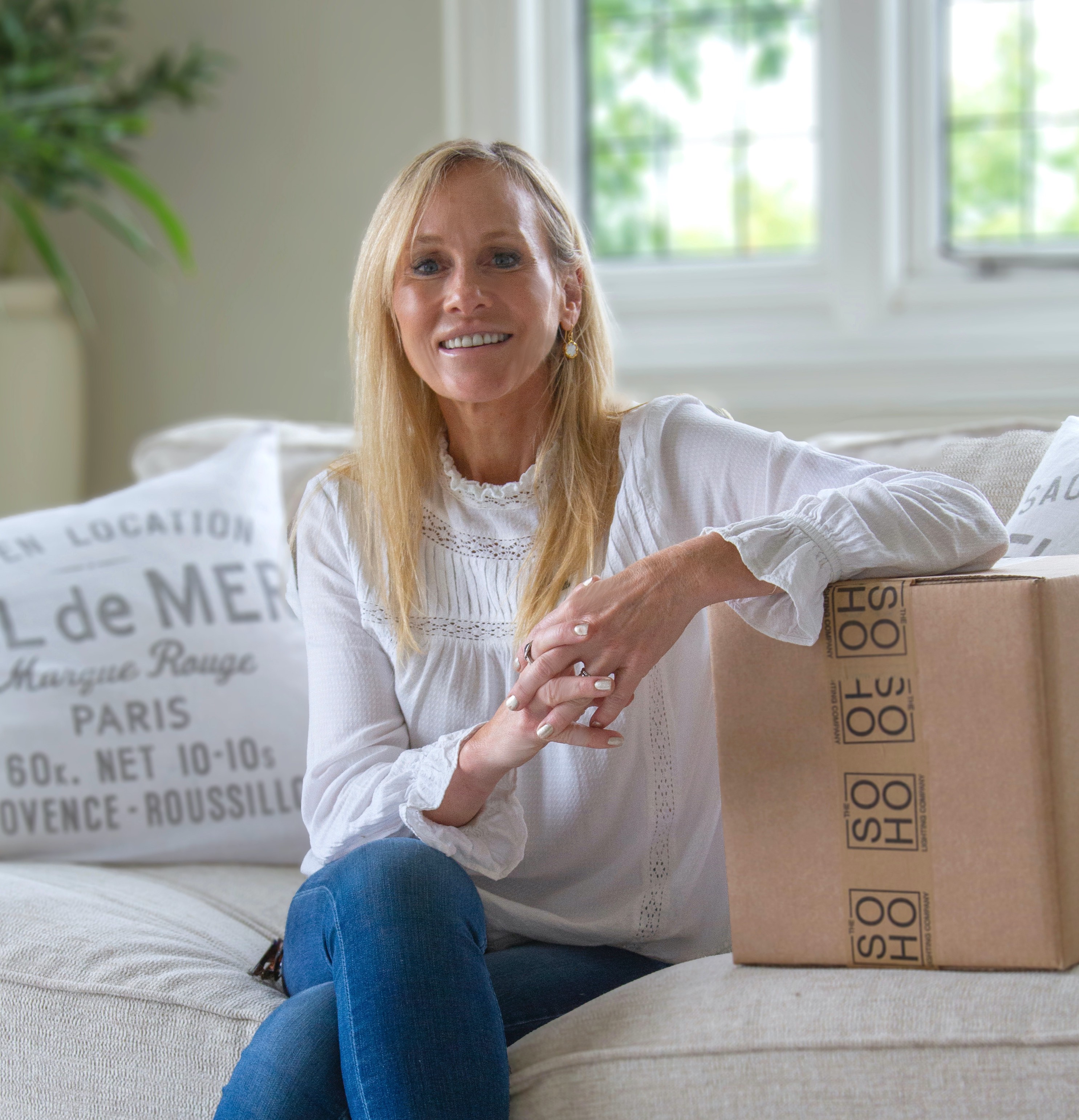
Lee is co-founder and creative director of The Soho Lighting Company which sells beautiful lighting, switches and sockets designed in London and hand-finished in Cornwall by skilled artisans.
3. Fit Concealed Lighting in Dark Rooms

Hidden light sources can transform a dark space without glare, say the experts. So in long and narrow kitchens, dark entryways, or small bathrooms, try recessed LED lighting ideas along skirting boards, within coving, or behind furniture to softly illuminate the surfaces.
“In kitchens or bedrooms with cabinets that stop short of the ceiling, adding an LED strip above them creates a soft wash of reflected light that makes the room feel taller and more spacious,” explains Luke Thomas, design director of John Cullen Lighting. “Alternatively, use LED strip or floor washers at low level to wash light across the floor, brightening up longer dark corridors, kitchens, or bathrooms.”
If you have a basement, a clever lighting hack is to add a shadow gap to conceal the LED strip so it looks like sunlight streaming down the wall from above.
4. Make Sure Lights Are Positioned At the Right Height

All the experts agree that using different light sources and a layered lighting scheme is key.
But it’s important to get the placement of your lights (whether that’s ceiling lights, wall washing lighting, table lamps, or concealed LED strips) spot on.
“Lights positioned too high or too low can create unflattering shadows or fail to light key areas effectively,” says James Kendall, operations director at KES Lighting & Home. “For example, wall sconces should be placed at eye level to provide balanced illumination, and table lamps should be positioned to reduce glare while reading.”
5. Boost Dark Corners With Portable Lamps
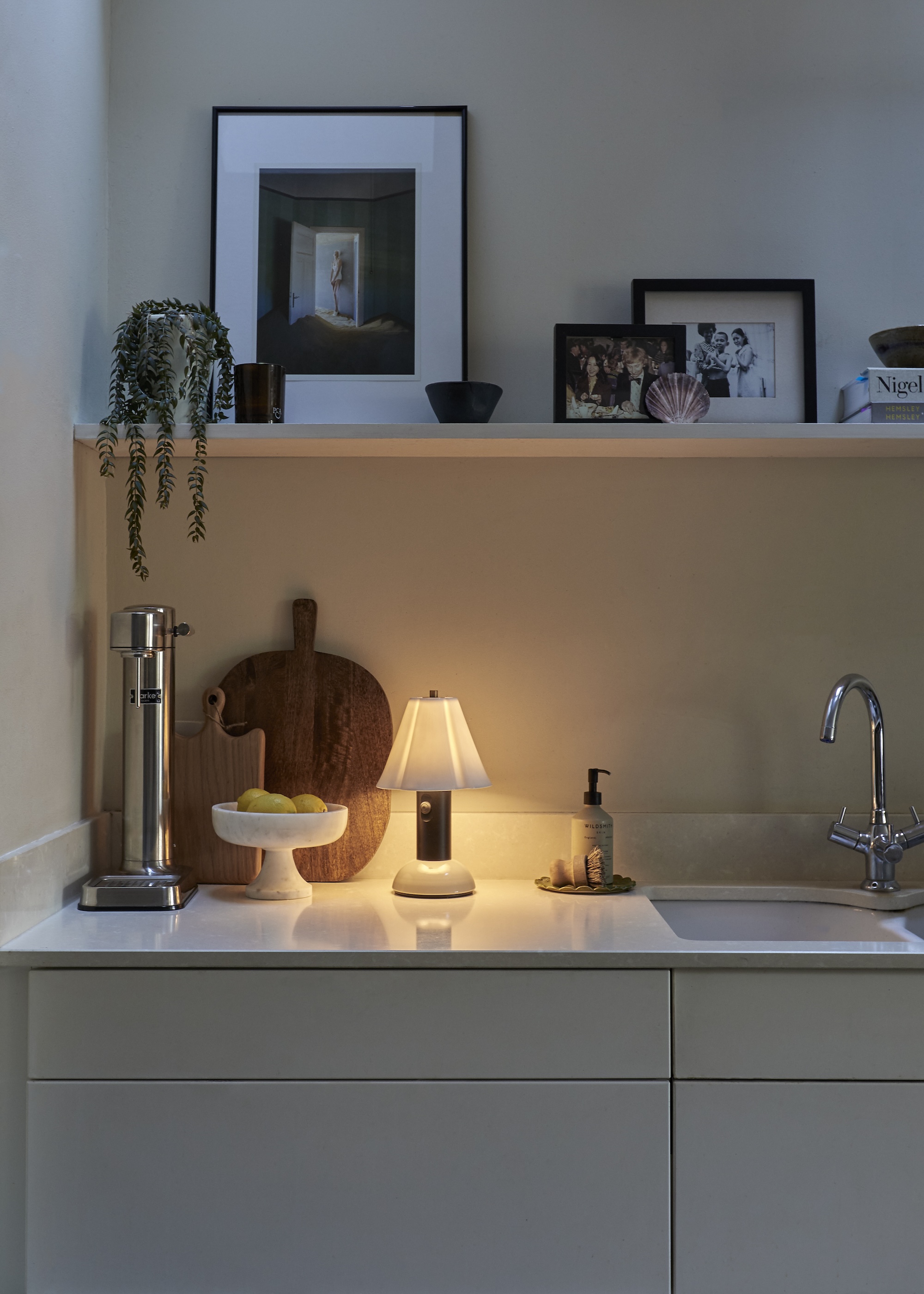
Dark rooms often mean dark, wasted corners of your home. So, how to shine a light on a redundant space when there aren’t enough plugs and you don’t want a rewiring job.
Don’t underestimate the power of portable and rechargeable lamps, say the experts, especially as there’s such a great range on offer these days. “Portable lamps are a great addition to areas where there may not be plugs readily available, great for reading nooks or on the coffee table or bookshelf,” says lighting designer Tom Raffield.
And that’s not all. Portable table lamps used as kitchen lighting might seem an unexpected choice, but they are brilliant for creating a more intimate, cozy atmosphere in your kitchen. “Table lamps are especially effective in kitchens where lighting tends to be dominated by overhead sources,” adds Caroline of Zulufish.

Caroline is head of interior design at Zulufish, an award-winning interior design consultancy and architectural practice based in West London. Her background is in textile design before retraining as an interior designer in 2007.
6. Install Dimmer Switches (Yes, Even in Dark Rooms)
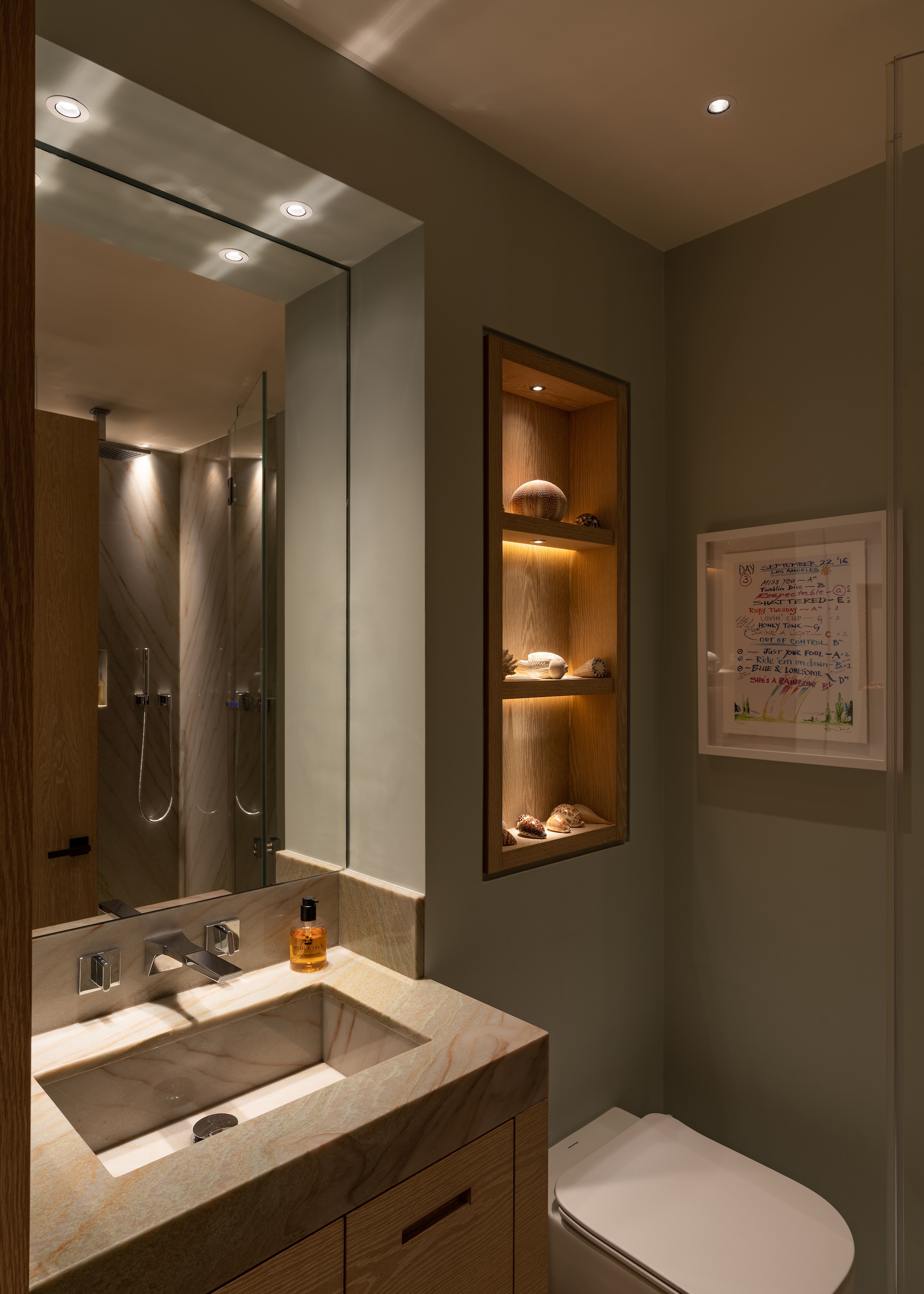
Dimmable lights might seem like a no-go if you’re aiming to brighten up your spa bathroom lighting ideas.
However, all lighting needs to be adaptable to different times of the day and what activity you’re doing, from reading to entertaining, cooking, and even cleaning. So dimmer switches are a must, even in the darkest space, as it's a great way to make your lighting scheme feel cozy.
“Without dimmable options, you may find yourself stuck with overly bright or insufficiently lit spaces,” says James of KES Lighting & Home. “Installing dimmer switches gives you greater flexibility to set the mood, whether you want bright light for practical tasks or a softer glow for a cozy evening.”
7. Don't Forget Accent Lighting

Accent lighting is so often easily forgotten, but it’s a great design tool for adding visual depth in a dark room. “Without it, architectural details, artwork, or shelving can feel flat or overlooked,” says James of KES Lighting & Home.
Consider incorporating LED strip lighting along bookshelves, recessed spotlights to highlight artwork, or directional wall lights to enhance the overall feel of the space.
“Picture lights or directional downlights can create beautiful focal points, break up expanses of shadow, and give the space character,” adds Kunal of Touched Interiors.
8. Lighting Up a Gloomy Hallway
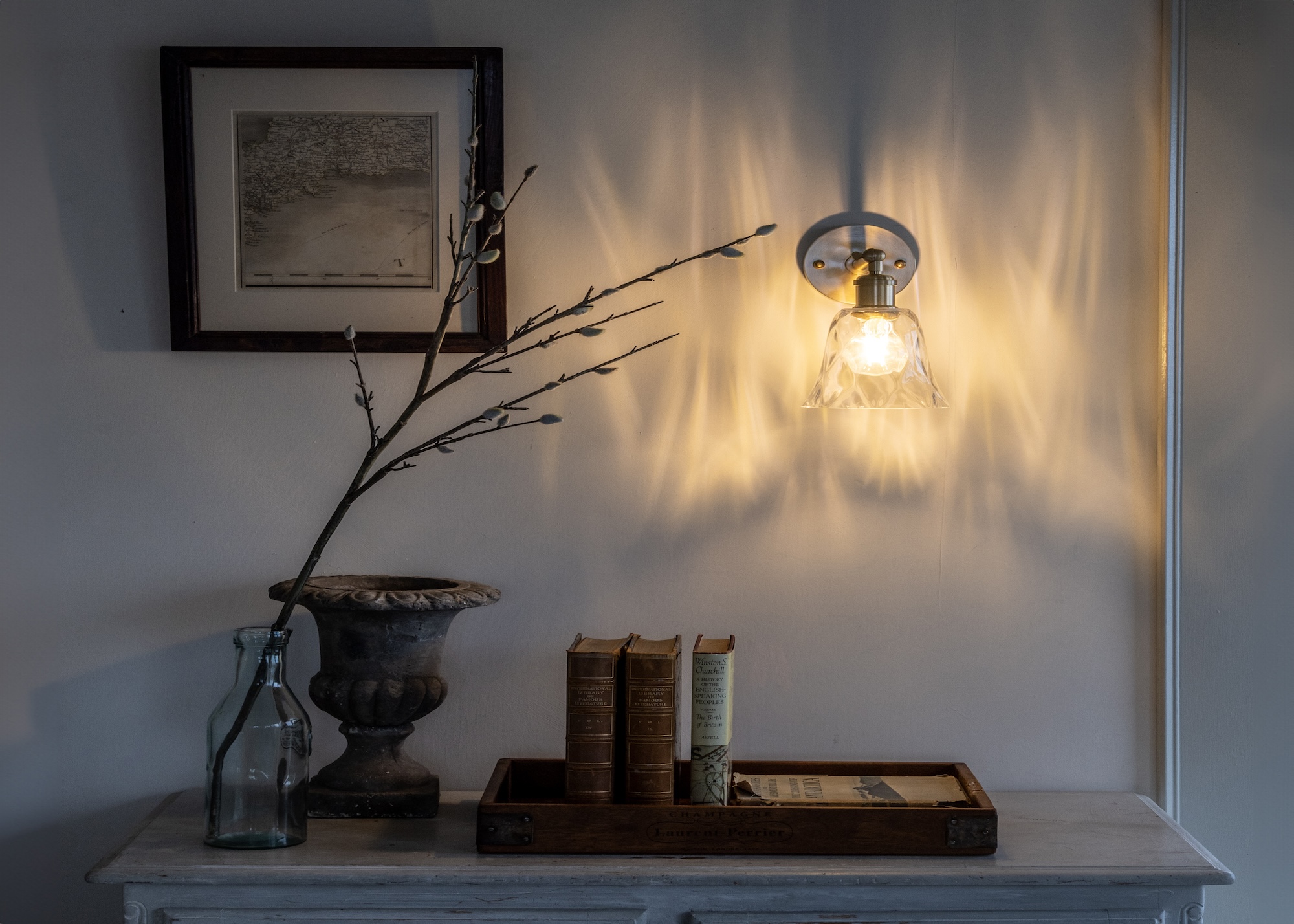
The hallway is the entrance to our homes, the calling card of what’s to come. So it’s vital to create a warm, inviting feel the minute you step through the door. The problem is how to light these traditionally long and narrow spaces that lack natural light. You’ll need the best entryway lighting ideas for sure.
“To avoid a gloomy, dark corridor, ensure your lighting comes from several sources,” says Charlie Bowles, director of Original BTC. “A pendant hung at the beginning of the hallway will only throw light down onto that section, so consider adding wall lights to create a pool of light running along the corridor.”
Be wary of spotlights, which can make the ceiling seem lower. Uplighting is a better option as it focuses on the ceiling rather than the floor, drawing the eye up instead of down. Floor lighting is another dramatic yet practical option. “Once you’ve chosen your fittings, ensure all your lights are controlled separately and position switches near doorways to avoid having to walk through darkness – key in family homes,” adds Charlie.
9. Choose Warm Light Bulbs
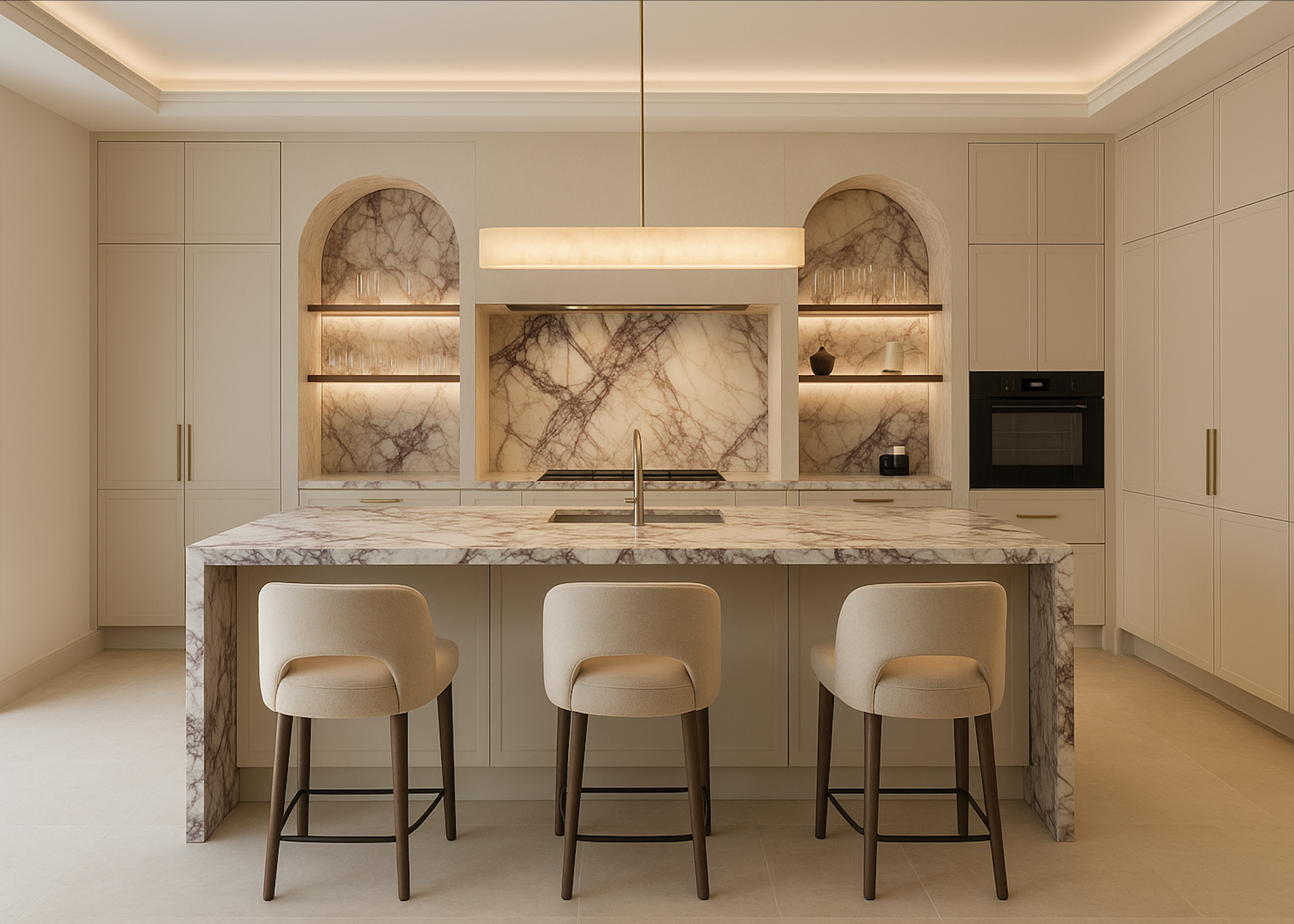
The color temperature of your light bulbs can have a big impact on the mood of a room, which is why knowing the difference between cool vs warm light is a must.
“Cool white light (4000K and above) can feel clinical in a home,” explains Kunal of Touched Interiors. “A warm white (2700 – 3000K) adds softness and complements most interiors beautifully.”
In dark rooms, avoid overly warm bulbs below 2700K as they may not provide enough clarity for practical use. Instead, use brighter lamps (with a color render index (CRI) of above 95) fitted with a dimmer switch so you can control the atmosphere.
10. Pay Attention to Lighting Materials
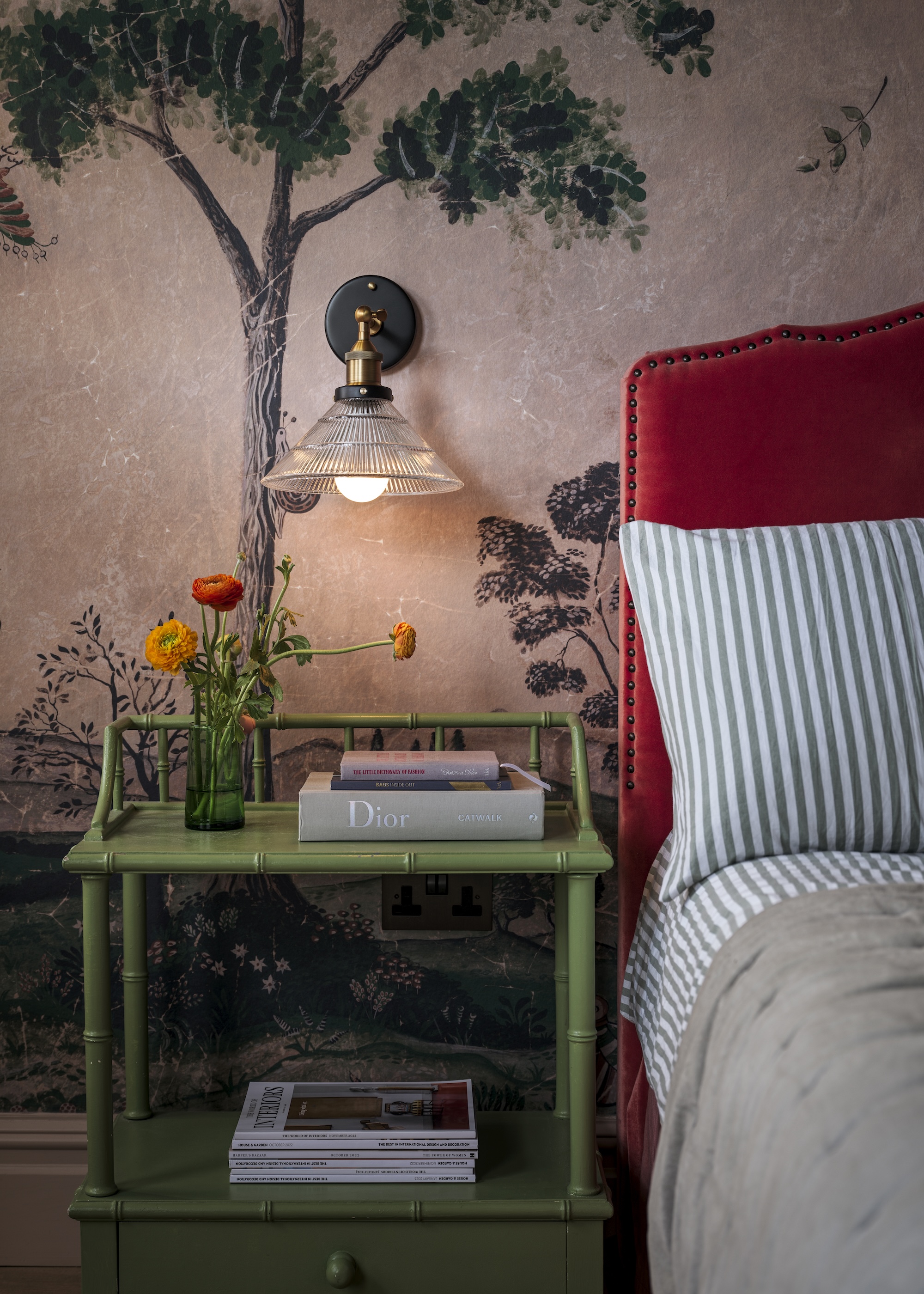
Do as the experts do and be sure to follow the correct lighting rules. Ensure you also consider every single aspect of the light before you change fixtures. So not simply the type of light, where to put it, and what bulb color. The materials you choose can also make or break how you light a dark room.
“I always suggest using warm LEDs with fabric shades to soften the glow and make the room feel more inviting,” explains Katerina Tcheyytchaloya, director of K’Arte Design. “Reflective materials like mirror, lacquer, or silk finishes are another great trick as they help bounce light around and create a sense of brightness without overwhelming the design.”
“Steel and brass finishes complement darker schemes by balancing cool and dark hues, further enhancing depth and visual contrast,” says Massimo Buster Minale, founder and creative director of Buster + Punch.
FAQs
What Colors Can Brighten a Dark Room?
Darker spaces and north-facing rooms get the least amount of natural light. But choosing the best paint color for the walls can make a real difference to these darker spaces. If you want to brighten the space, use light neutrals with warm undertones to counteract the cooler daylight.
Think earthy beige paints and warm-toned whites, but steer clear of any shades with too much gray. Alternatively, if you want to embrace the lack of light, use dark and moody hues such as deep blue, dark brown, and rich green with a yellow undertone.
Lighting plays a crucial role in setting the mood and functionality of a room, especially in darker spaces. For a well-lit dark room, the key is to layer lighting instead of relying on one overhead source.
That said, it’s important not to ignore ceiling task lighting as it’s still essential for everyday function. “Because it can be quite utilitarian, it’s worth incorporating a statement piece, such as a pendant or chandelier, to provide both visual impact and added functionality,” says Caroline at Zulufish.
